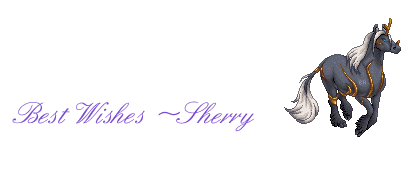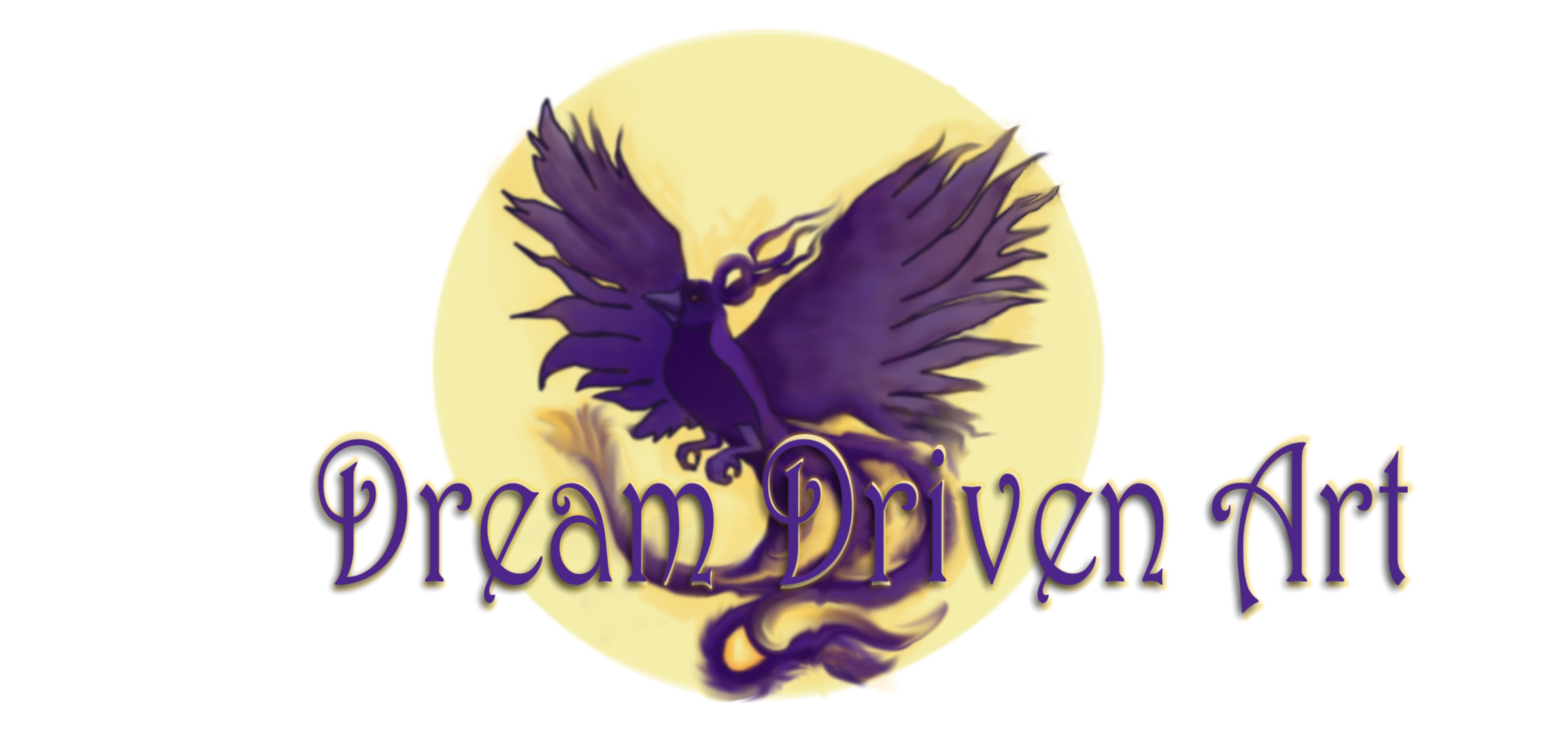Creating believable armor and clothing for your fantasy characters can be both a creative challenge and a rewarding artistic experience. Whether you are a game designer, a writer, or simply an enthusiast of fantasy art, the process of designing detailed garments and protective gear adds realism and depth to your characters. In this article, I share my approach while sketching and painting a fallen angel I recently did for a one week art challenge. Believe me, it was a challenge to do in one week since I’ve never painted any kind of metal armor before! I’d like to share the insights I’ve learned with you on how to create armor and clothing that feel both authentic and imaginative.
Essential Elements for Believable Fantasy Armor and Clothing
Designing realistic fantasy armor and clothing starts with understanding the fundamental elements of style, materials, and construction. Just as a well-crafted story relies on believable details, the effectiveness of your character’s outfit depends on carefully thought-out design decisions. The right mix of historical inspiration, fictional innovation, and practical design can bring your fantasy creations to life.
Armor and clothing in a fantasy setting often borrow ideas from medieval, renaissance, or even ancient cultures. Studying these influences helps create physical details that feel natural. Whether it is the overlapping plates of a knight’s defense or the flowing fabrics of a mage’s robe, every element should serve both an aesthetic and functional role in your design. Notice the different shapes and textures in the photo of armor and clothing below.
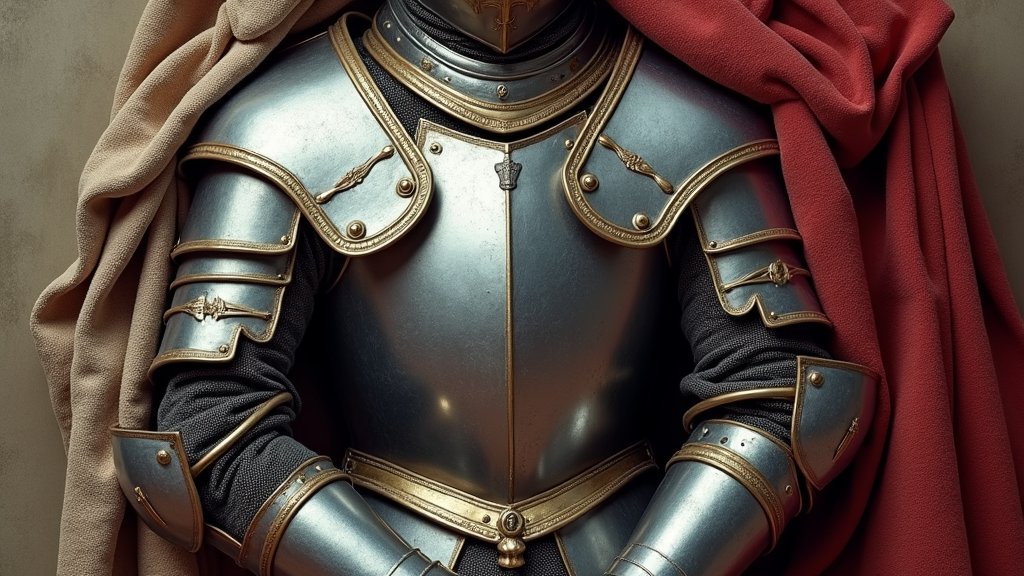
Getting Started with Fantasy Wardrobe Design
Before you put pen to paper or start your digital modeling software, it’s wise to explore the core principles of design. Begin by researching different cultures and time periods for inspiration. Combining historical techniques with fantastical elements can yield designs that are familiar yet otherworldly.
It is also helpful to understand the character’s background and role. A warrior might sport heavy armor with intricate engravings, while a sorcerer could wear lighter, flowing robes featuring magical symbols. Clarifying these aspects early on creates a blueprint that you can refer to throughout the design process.
Here are some important terms to keep in mind as you start your adventure:
- Material Texture: The surface quality of the fabric or metal you choose. This determines how light interacts with the item, adding realism.
- Period Influence: Elements that borrow from historical armor or clothing styles. Recognizing these influences can guide your design decisions.
- Functional Detail: Small features such as buckles, straps, and embroidery that are not only decorative but also serve a practical role in the design.
A Step-by-Step Guide to Crafting Your Fantasy Armor and Clothing
The process of creating convincing fantasy attire is a step-by-step journey. Following these guidelines can simplify the work involved and help ensure nothing is overlooked.
- Concept Development: Start with brainstorming and rough sketches. Understand the character’s role and the setting’s tone. Determine if the armor should be rugged and battle-worn or pristine and ceremonial. I’ll share one of my recent sketches of a fallen angel I’ve been working on right after this.
- Historical and Cultural Research: Look into historical references that match your fantasy world. This might involve exploring medieval armory, traditional fabrics, and regional costumes to collect authentic details.
- Material Selection: Decide on materials that match your design’s purpose. Metals, leathers, and fabrics each have unique qualities that contribute to the garment’s feel and functionality.
- Create a Mood Board: Gather photo references of what your character or characters may be wearing. Find images with the different types of clothing and armor that you’d like to include on your characters to help you have an understanding of how they appear in reality and how the light and shadows affect them. Add references for the color of the lighting or mood you’d like to set as well to your moodboard.
- Design Schematic: Create detailed drawings that outline measurements, layers, and how different elements connect. This plan will help both in shading your designs and in explaining them to others.
- Final Touches: Incorporate decorative elements like embossing, color accents, and weathering. Small details such as worn edges or hand-stitched seams can make the difference between a flat design and one that tells a story.
By organizing your workflow in a methodical way, crafting detailed and immersive armor becomes a clear process. Combining historical influences with creative storytelling in the design will help you produce pieces that truly resonate.
Below is an example of my rough sketch and the progression of adding the basic details to figure out the basic shapes of the armor plates…yes, it looks like a mess, but it’s just to get ideas down.
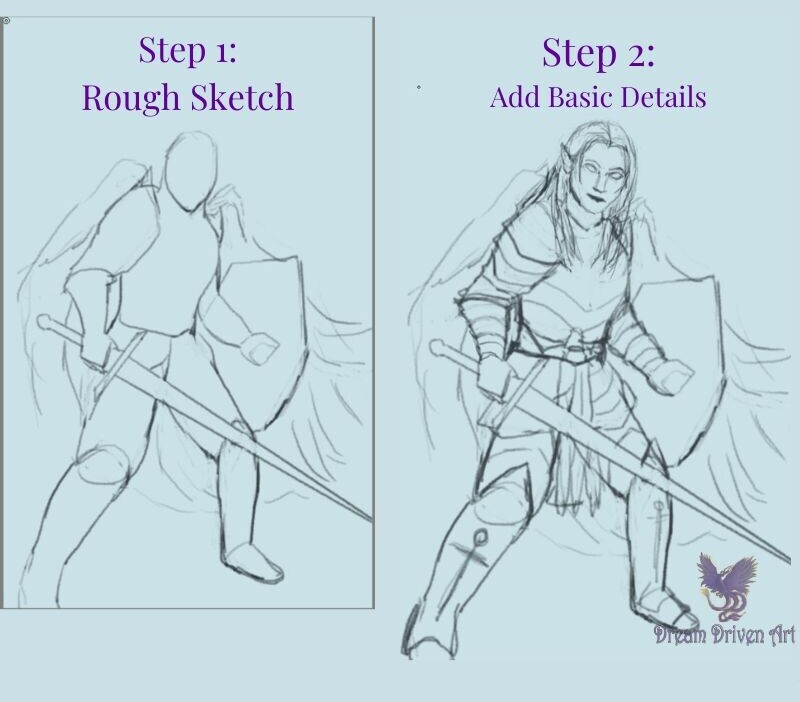
Considerations Before Getting into Fantasy Costume Creation
Designing armor and clothing for fantasy characters comes with its own set of challenges. Recognizing potential obstacles early on can streamline your creative process and help tone down design flaws later.
- Weight and Mobility: Armor that looks impressive on paper may be impractical if it restricts movement too much. Consider how each piece would function for a character in combat or during a long journey.
- Consistency with the World’s Lore: Ensure that your designs align with the established rules and history of your fantasy setting. This avoids jarring contrasts that might distract your audience.
- Material Realism: Even though you are working in a fantasy realm, materials should still obey the basic laws of physics. Metals should reflect light appropriately and fabrics should drape logically according to gravity.
- Technical Limitations: Keep in mind the medium you are working with—be it digital art, traditional drawing, or even 3D modeling. Each method has its limitations and possibilities.
Weight and Mobility
Finding a balance between visual impact and practical design is very important. An overly bulky piece of armor might look eye-catching on paper but wouldn’t be sustainable in a fight scene. Imagine how much all of that armor would weigh! Don’t you think it’d be hard to move if it’s way too heavy? So sketch out your designs with potential movement in mind, and imagine how your character would interact with the world around them.
Consistency with the World’s Lore
Developing a coherent look for your fantasy setting involves more than creative flair. It is about staying true to the narrative you’ve built. Using recurring motifs or design elements ensures that each piece feels like part of a larger, unified whole. This alignment reinforces a consistent and engaging universe for your audience.
Material Realism
No matter how magical your world is, the laws of physics still influence how materials behave. Whether it’s the reflective quality of polished steel or the soft flow of a velvet cloak, paying close attention to these details will give a boost to the believability of your designs. I’ve found doing small studies of how metal such as gold or silver reflects the color of its environment or surroundings.
Take a look at the reference photo below…
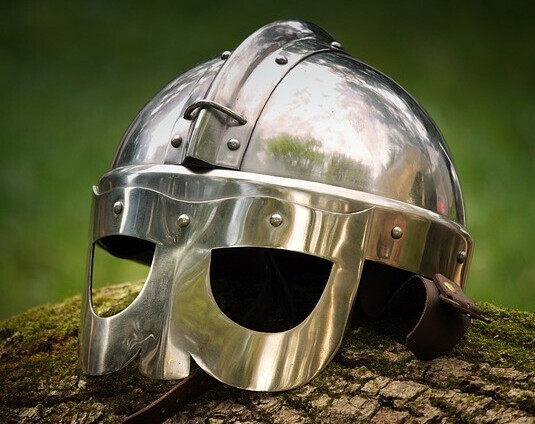
Notice how it changes in the areas of light and shadows compared to it’s midtone or color it is normally without any shadow or light hitting it. Look at the darker areas (shadows) and notice they aren’t entirely black. Can you see the greens and browns in the helmet above? Can you see the reflection of trees and also a bit of the sky on the top of the helmet? The brown of the log it’s sitting on on the bottom?
Rendering or designing metal in an artwork is rather difficult because of all of the reflections and colors in them. But, this also goes for any type of material which is why having references is not only helpful, but very important. No one can remember every little detail, I know I sure can’t!
Technical Limitations
Every medium has its boundaries. If you are illustrating your designs, think through how lighting, shadow, and perspective will play into your final piece. For those working in 3D, consider the challenges of texture mapping and mesh detail. Recognizing technical challenges early on helps in planning solutions and avoiding later frustration. These considerations help in foreseeing challenges that might arise during design and production, ensuring that the final product is both aesthetically impressive and logistically sound.
Advanced Tips for Stepping Up Your Armor and Clothing Designs
For those ready to extend their skills beyond the basics, a few advanced techniques can add depth and nuance to fantasy armor and clothing. These suggestions offer ways to refine your designs and push them into the next-level.
Study Real Armor and Costume Construction: Real-world examples of armor and period clothing exhibit great craftsmanship. Visiting museums, online galleries, or reading detailed descriptions can provide insights into hidden details and practical construction methods. Embracing these lessons can result in designs that are both functional and visually complex. This tip serves as a bridge between academic research and artistic implementation, grounding imaginative designs in tried-and-true techniques.
Experiment with Texturing: Simulate how materials age over time. You can incorporate rust on metal parts, worn leather creases, or faded dyes on fabrics. This kind of attention to detail helps to tell the story of the battles fought and long journeys undertaken by your characters. Not only does this add historical layers to your work, but it also makes each piece feel like it has experienced a life of its own.
Integrate Symbolism and Iconography: Subtle symbols or designs can hint at the character’s origins or allegiances. Small heraldic emblems on a breastplate or intricate embroidery on a cloak can reveal backstories and deepen the lore behind your creations. This approach invites your viewers to get involved and learn more about the world you have so carefully built.
These advanced strategies encourage a deeper approach to design, ensuring your fantasy armor and clothing speak not only to visual aesthetics but also to the rich narrative woven into each piece. By pushing your craft and taking creative risks, you transform ordinary designs into legendary works of art.
The Basics: What Materials Should Beginners Focus On?
An understanding of materials is essential in creating believable armor and clothing. Focusing on a few reliable choices can greatly simplify the design process while still achieving a high level of detail.
For instance, metals like iron and steel are common choices for armor in fantasy settings, drawing from historical examples. They offer versatility in form, whether fashioned into plate armor or chainmail.
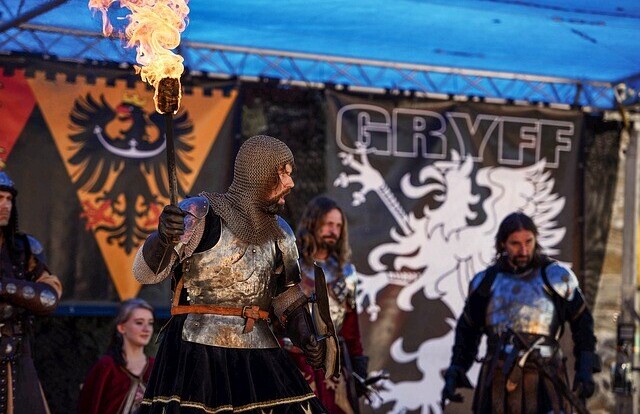
Similarly, leather is a popular material due to its flexibility and durability. When designing clothing, fabrics such as wool, silk, or linen can be used to indicate different cultural and social statuses within your fantasy world.
- Iron and Steel: Provide a realistic base for metallic armor. They can be detailed with etchings, embossing, and simulated wear.
- Leather: Offers natural textures and can be used in both protective gear and everyday attire. It is ideal for designing items that require flexibility and movement.
- Fabrics: A variety of textiles can depict the personality and background of a character. Choices in weight, color, and pattern add depth to any wardrobe.
When getting started, it helps to experiment with these common materials. Gradually, as you gain confidence, you might venture into mixing materials to create innovative designs that defy simple categorization.
Additional Insights and Expanded Design Strategies
To further support your creative process, it can be very helpful to step back and analyze your work from different perspectives. Taking time to review your progress, comparing your designs with historical references, and even seeking feedback from fellow enthusiasts can provide a significant boost to your overall execution. This extra layer of review ensures that every detail is honed to perfection.
Consider setting aside dedicated sessions to experiment with unconventional materials and textures. For example, try mixing traditional elements like leather with fantastical twists such as iridescent finishes or subtle metallic sheens. These sessions can be a fun way to push boundaries and break conventional rules, resulting in designs that are both surprising and visually engaging.
Additionally, exploring various lighting scenarios and environmental contexts can enrich your design strategy. Imagine how your armor would look under the soft glow of moonlight versus the harsh glare of midday sun. This exploration not only helps with technical aspects like shadow and highlight but also adds emotional depth to the piece, allowing you to tell its unique story.
Creating a mood board that collects images, textures, and color palettes from different sources can also be very important. This visual reference tool supports your creative flow and helps ensure consistency throughout your work. Over time, you might even develop a unique signature style that sets your creations apart in the world of fantasy design.
Frequently Asked Questions
Below are some common questions I often encounter when discussing the creation of believable fantasy armor and clothing:
Question: What are the first steps I should take to design authentic fantasy armor?
Answer: Begin by exploring historical armor and costume designs. Familiarize yourself with differing materials and construction techniques so that you can mix historical facts with your fantasy elements in a logical way.
Question: How do I ensure my designs are both functional and visually appealing?
Answer: Focus on both the aesthetic details and the practical aspects of the design. Consider the character’s needs and the world they live in. Balancing artistic flair with functionality creates designs that feel real and practical.
Question: Can mixing different historical styles work in a fantasy setting?
Answer: Yes, merging elements from various eras can be very effective. However, it is important to maintain internal consistency so that the final design feels coherent and grounded within your fantasy universe.
Here are a couple more images of my recent artwork “Fallen Angel” for the One Week Character Challenge I joined this month from an online digital art academy called Paintable.
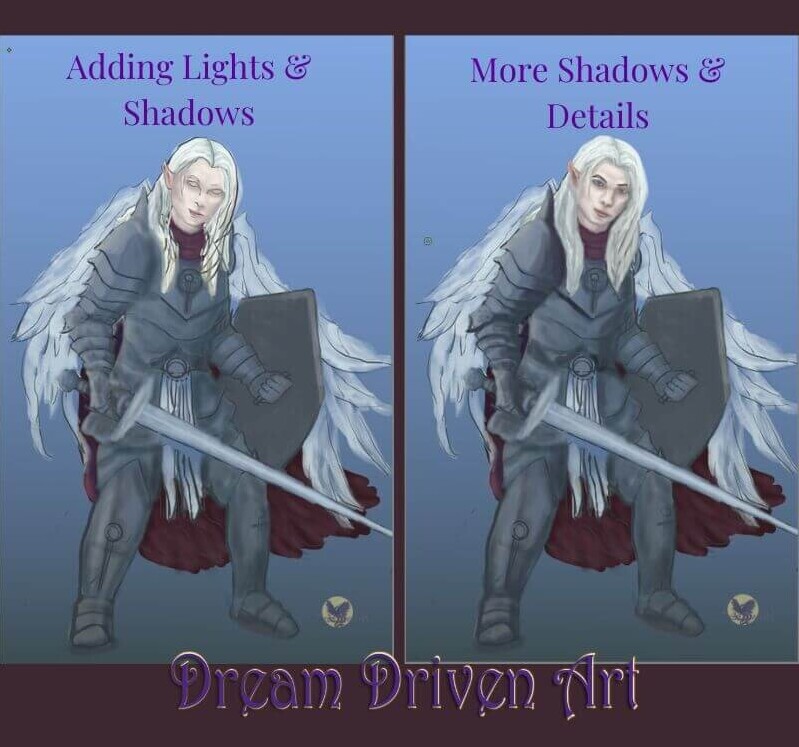
Final Thoughts & Final Artwork
Creating believable armor and clothing for fantasy characters involves both creativity and a keen ear for detail. Working with authentic elements from history and integrating practical design features helps your creations feel both original and true to life. Whether you are sketching out designs for digital art or building 3D models, understanding the interplay of materials, form, and function is key.
Below is the final for the Fallen Angel character…added more details to the armor, clothing, and basically the whole character. Well, this is the final for the contest anyways…I still see more details I’d like to add in the future.
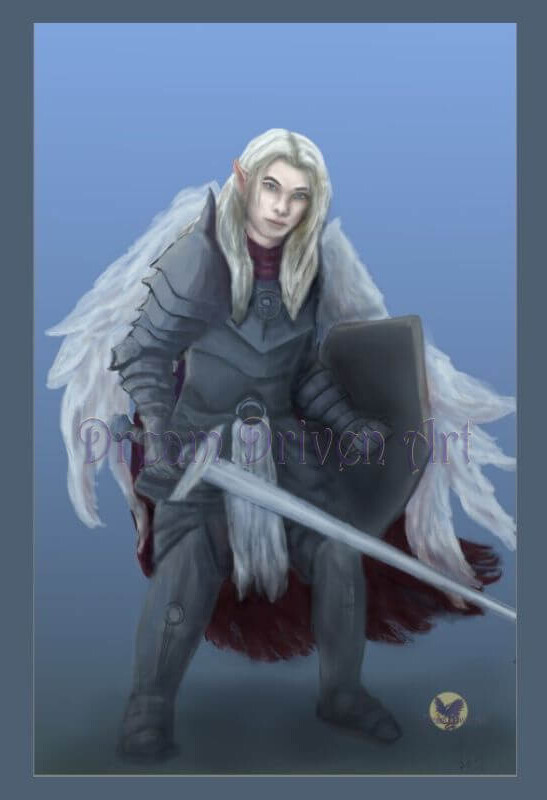
As you refine your techniques, experimentation will turn initial ideas into detailed, immersive designs that capture the imagination. Think of each piece as a small chapter in your character’s story. It isn’t just about the aesthetic appeal. It is about inviting your audience to pause, look closer, and appreciate the layers of thought that went into each design.
Feel free to revisit these guidelines as you develop your designs. With thoughtful research and creative practice, your armor and clothing pieces can become iconic elements that take your fantasy world to exciting new possibilities.
By continually pushing your boundaries and exploring new techniques, you ensure that your creative journey remains dynamic and evolving. Every experiment, revision, and finished piece adds to your growing repertoire of skills and unique artistic vision.
Have you ever tried to paint armor or clothing for your fantasy character?
Would you like to learn how to create an illustration from your imagination?
The digital art academy, Paintable, will be opening the doors to their amazing Illustration course very soon! There is even an early bird discount going on right now, until March 26, 2025! Doors are only open until the 30th of March. If you’re interested in boosting your art skills I recommend giving this course a try. It’s helped me learn so much the last time I participated in the course and the instructor, David, is great at giving feedback to help you.
This is only open once a year, so sign up right now to get the discount! You can sign up at the link below.*
*affiliate link-by clicking the link above and signing up, I will receive a small commission at no extra cost to you. So, if you decide to join, thank you!
Let me know what you think in the comments below.
Thank you for reading!
